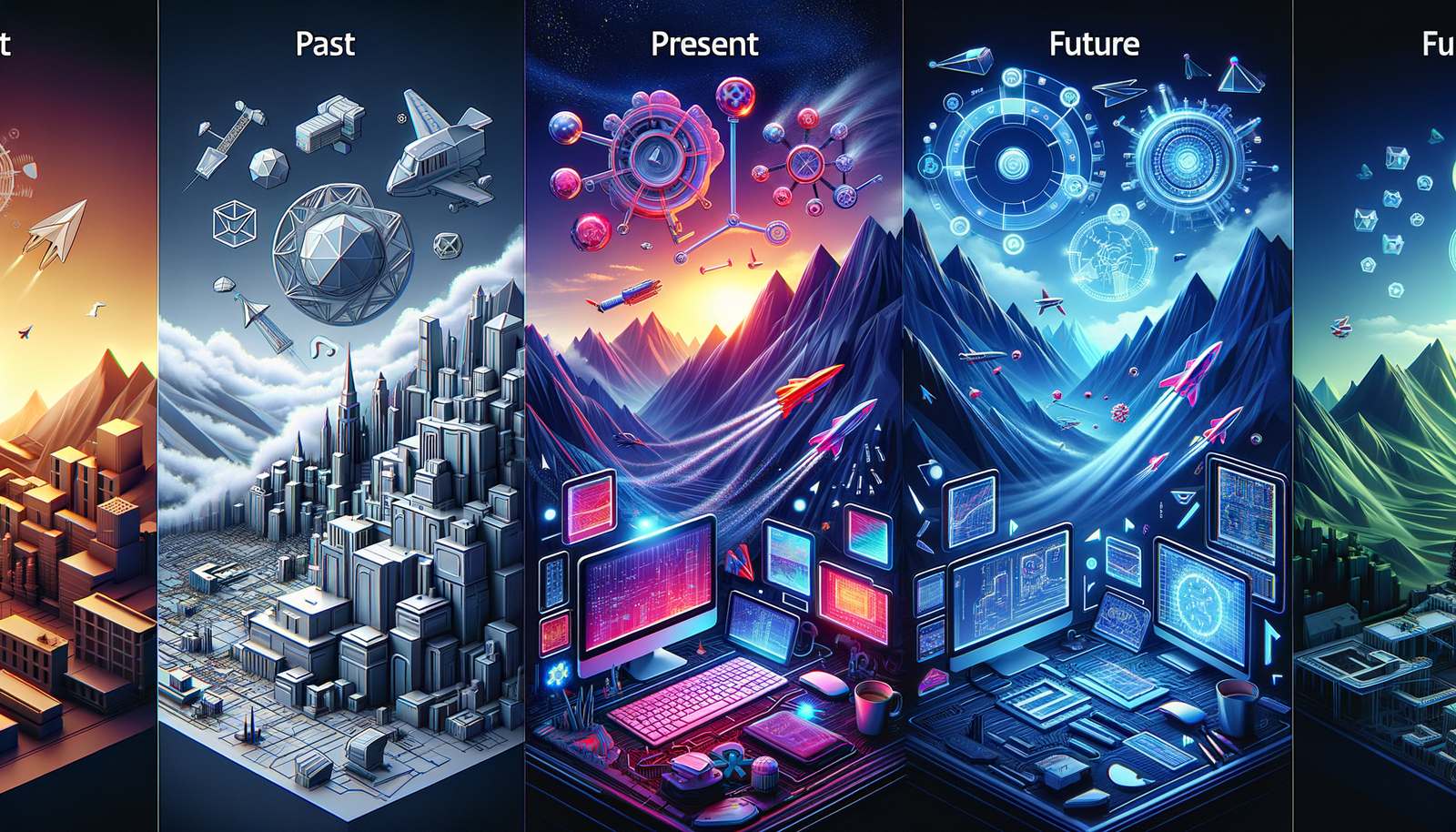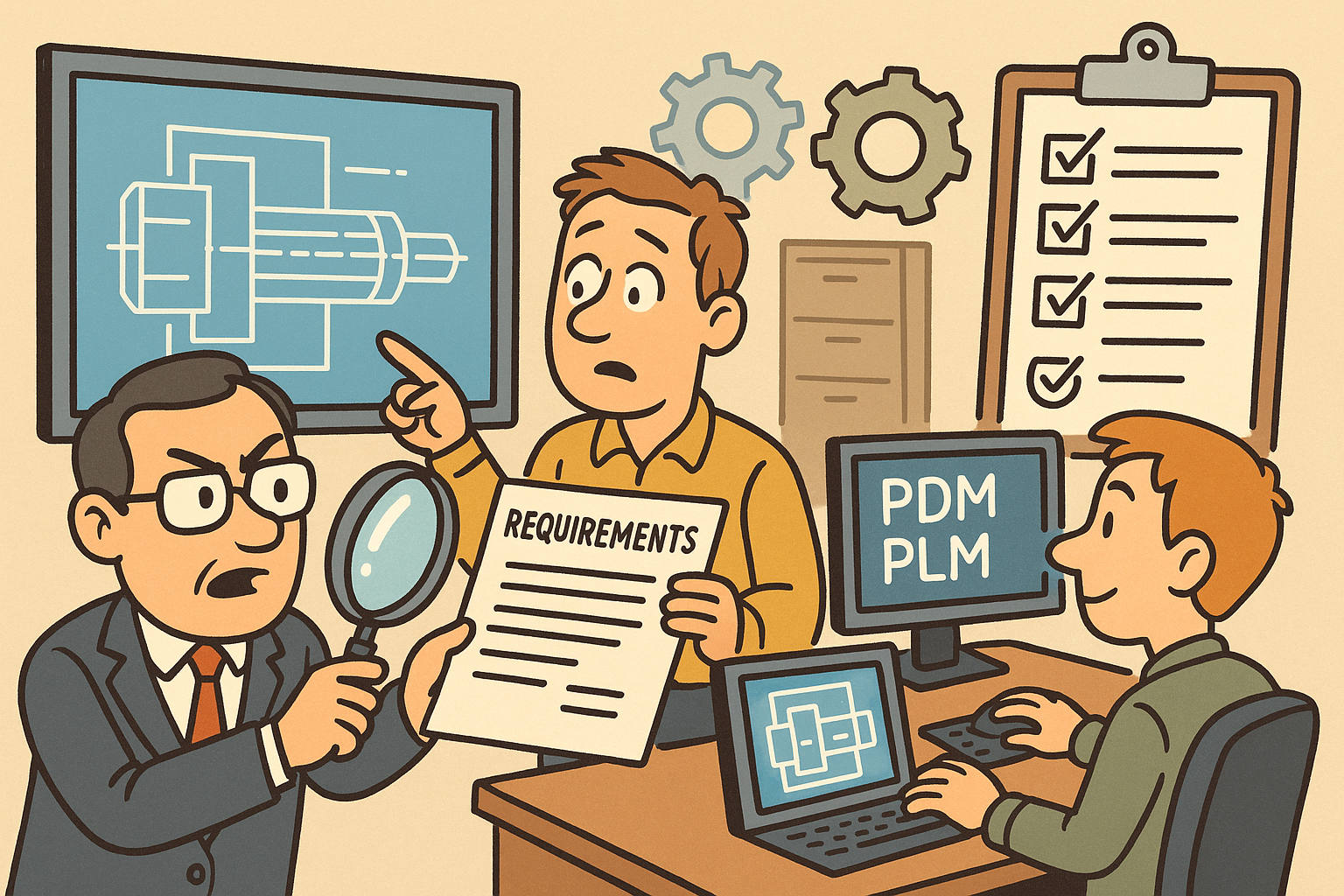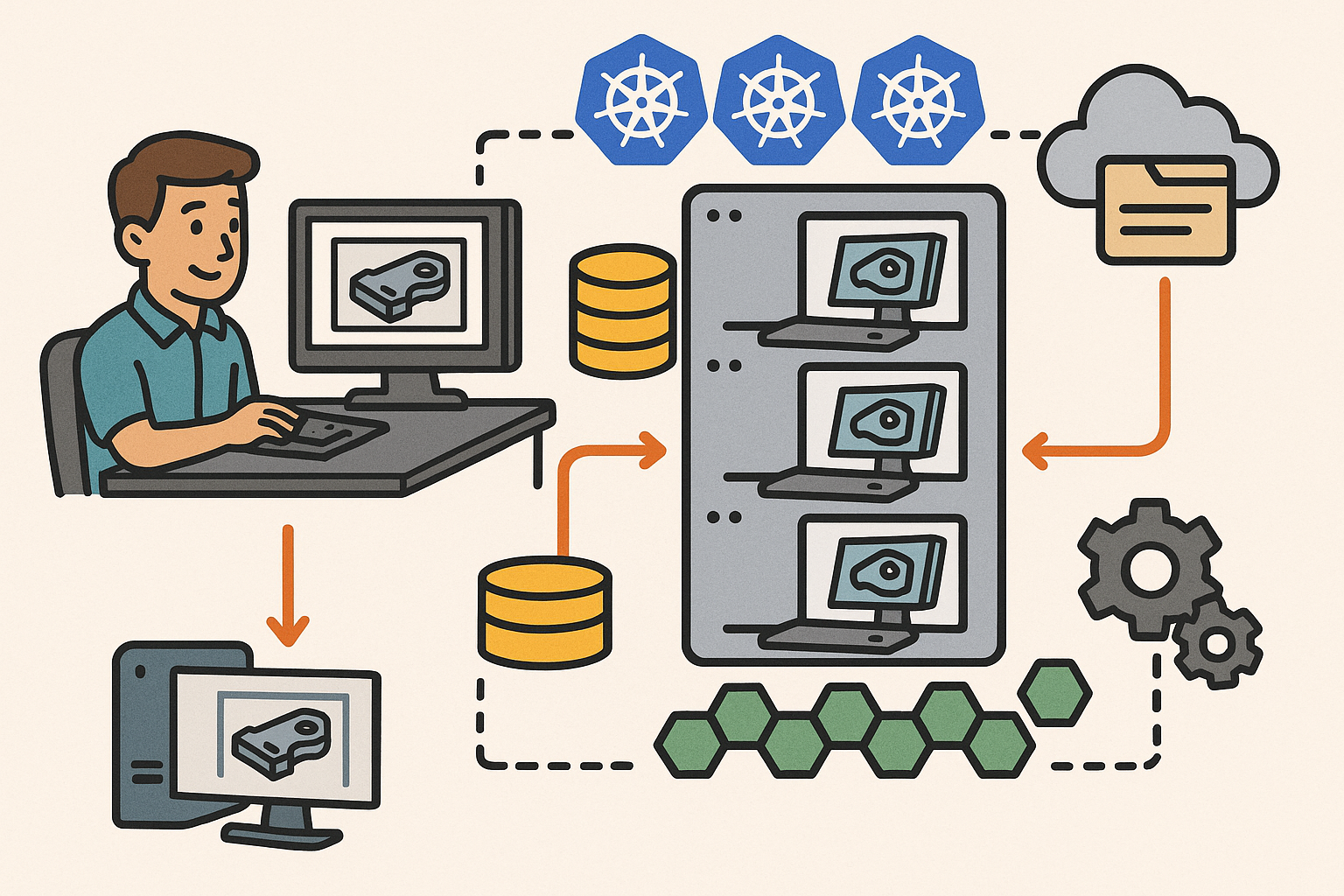Your Cart is Empty
Customer Testimonials
-
"Great customer service. The folks at Novedge were super helpful in navigating a somewhat complicated order including software upgrades and serial numbers in various stages of inactivity. They were friendly and helpful throughout the process.."
Ruben Ruckmark
"Quick & very helpful. We have been using Novedge for years and are very happy with their quick service when we need to make a purchase and excellent support resolving any issues."
Will Woodson
"Scott is the best. He reminds me about subscriptions dates, guides me in the correct direction for updates. He always responds promptly to me. He is literally the reason I continue to work with Novedge and will do so in the future."
Edward Mchugh
"Calvin Lok is “the man”. After my purchase of Sketchup 2021, he called me and provided step-by-step instructions to ease me through difficulties I was having with the setup of my new software."
Mike Borzage
The Evolution and Future of CAD File Formats: Ensuring Compatibility and Interoperability in Modern Design Workflows
September 06, 2024 5 min read


Overview of CAD File Formats
Computer-Aided Design (CAD) has revolutionized the fields of engineering, architecture, and product design. The evolution of CAD file formats has played a crucial role in this transformation. Initially, CAD file formats were quite basic and often proprietary, leading to significant challenges in terms of compatibility and data exchange. Over time, these formats have evolved to become more sophisticated and standardized, ensuring better interoperability among different CAD systems and facilitating a smoother design workflow.
The importance of CAD file formats cannot be overstated. They are the backbone of any design process, ensuring that data can be accurately represented, stored, and shared across various platforms and stakeholders. In today's global and collaborative work environment, the ability to seamlessly exchange CAD data between different software systems is paramount. This makes the choice of file formats a critical decision that can influence the efficiency and success of design projects.
Purpose and Scope
The primary purpose of this article is to highlight why CAD file formats matter for compatibility and interoperability. As design projects become increasingly complex and involve multiple stakeholders, ensuring that all parties can work with the same data without loss of information or functionality is essential. This article aims to shed light on the historical evolution of CAD file formats, the challenges and solutions associated with ensuring compatibility in modern design workflows, and future trends and innovations that are shaping the landscape of CAD file formats.
Historical Evolution of CAD File Formats
Early CAD Systems
The journey of CAD file formats began with some of the earliest systems like DXF (Drawing Exchange Format) and DWG (Drawing). These formats were among the first to enable the digital representation of design data, allowing for easier sharing and storage. However, these early formats had significant limitations. For instance, they were often proprietary, leading to compatibility issues when trying to share data between different software systems. Additionally, the data structures were relatively simple, which limited their ability to represent complex geometries and metadata.
Advancements Over Time
As the need for more robust and flexible CAD file formats grew, the industry saw the development of more sophisticated formats such as IGES (Initial Graphics Exchange Specification), STEP (Standard for the Exchange of Product Model Data), and STL (Stereolithography). These formats introduced new capabilities that were not possible with earlier formats. For example, IGES and STEP were designed to facilitate the exchange of data across different CAD systems, thus addressing the issue of interoperability. STL, on the other hand, became a standard in the field of additive manufacturing, enabling the precise representation of 3D geometries.
The introduction of standardized formats was a significant milestone in the evolution of CAD file formats. These standards provided a common language that different CAD systems could understand, making it easier to share and exchange data. This was a crucial development, as it allowed for more efficient collaboration and reduced the risk of data loss or errors during file conversion.
Impact of Industry Standards
Organizations like ISO (International Organization for Standardization) have played a pivotal role in the standardization of CAD file formats. By developing and promoting industry standards, these organizations have helped to improve the compatibility and interoperability of CAD systems. The adoption of standardized formats has led to significant improvements in the design process, enabling more efficient workflows and reducing the risk of errors.
Ensuring Compatibility in Modern Design Workflows
Challenges of Incompatibility
One of the primary challenges in modern design workflows is the issue of compatibility between different CAD systems. When different teams or stakeholders use different software, it can lead to a range of issues, including data loss, errors, and inefficiencies. For example, when converting a file from one format to another, there is often a risk that some data will be lost or corrupted, leading to errors in the final design.
Here are a few scenarios that highlight the problems caused by incompatibility:
- Data Loss: Converting a file from one format to another can result in the loss of important data, such as annotations, metadata, or even geometric details.
- Errors: Differences in how different CAD systems interpret data can lead to errors in the final design, such as misaligned components or incorrect measurements.
Solutions and Best Practices
To address these challenges, it is essential to use neutral file formats like STEP and IGES, which are designed to facilitate cross-platform compatibility. These formats serve as a common language that different CAD systems can understand, making it easier to share and exchange data without losing information or functionality.
Here are some recommendations for maintaining data integrity during file conversions:
- Use Neutral Formats: Whenever possible, use neutral file formats like STEP or IGES for data exchange.
- Verify Data Integrity: After converting a file, verify that all data has been accurately transferred and that there are no errors.
Role of Software Tools
Various software tools and solutions can facilitate compatibility and ensure data integrity during file conversions. These tools often come with features that help to automate the conversion process, check for errors, and ensure that all data is accurately represented.
When choosing design software, it is important to look for features that support compatibility and interoperability. Some key features to consider include support for neutral file formats, tools for verifying data integrity, and capabilities for automating the conversion process.
Future Trends and Innovations
Emerging File Formats
As the field of CAD continues to evolve, we are seeing the introduction of new and more versatile file formats. One such example is 3MF (3D Manufacturing Format), which is designed to support the needs of additive manufacturing. Unlike older formats, 3MF can represent not only the geometry of a design but also additional information such as color, materials, and metadata.
The potential for new formats to support advanced features like parametric design and metadata is another exciting development. These new capabilities can enable more complex and detailed designs, opening up new possibilities in fields like engineering, architecture, and product design.
Interoperability and Integration
Looking ahead, it is likely that future CAD systems will place an even greater emphasis on compatibility and interoperability. As design projects become more complex and involve more stakeholders, the ability to seamlessly exchange data between different systems will become increasingly important.
Artificial intelligence (AI) is expected to play a significant role in this evolution. AI can be used to predict and resolve compatibility issues, ensuring that data can be accurately and efficiently transferred between different systems. This can help to reduce errors, improve efficiency, and enable more effective collaboration.
Industry Collaboration
The future of CAD file formats will also be shaped by collaborative efforts among software vendors and other stakeholders. By working together, these organizations can develop and promote new standards that further improve compatibility and interoperability.
Future initiatives to standardize and improve CAD file formats will likely focus on addressing the needs of emerging technologies and ensuring that new formats can support the advanced features required by modern design workflows.
Conclusion
In summary, the evolution of CAD file formats has been a crucial factor in the advancement of design technology. From the early days of basic formats like DXF and DWG to the more sophisticated and standardized formats we use today, these file formats have enabled more efficient and accurate design processes.
As we look to the future, it is important for designers and engineers to stay informed about changes and developments in CAD file formats. By adopting best practices and using tools that facilitate compatibility, they can ensure that their workflows are efficient, accurate, and capable of handling the complexities of modern design projects.
The future of CAD file formats promises exciting innovations and improvements. As new technologies emerge and the needs of the design industry continue to evolve, we can expect to see the development of new formats and standards that further enhance the capabilities of CAD systems and enable more advanced and detailed designs.
Also in Design News

Design Software History: Traceability as a Product Requirement: How Compliance Remade CAD, PDM, and PLM
December 17, 2025 10 min read
Read More
Cinema 4D Tip: Cinema 4D Pose Morph Workflow for Blend Shapes and Corrective Deformations
December 17, 2025 2 min read
Read MoreSubscribe
Sign up to get the latest on sales, new releases and more …



